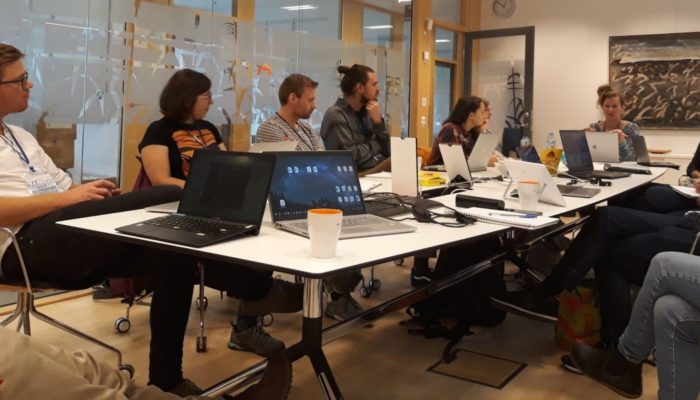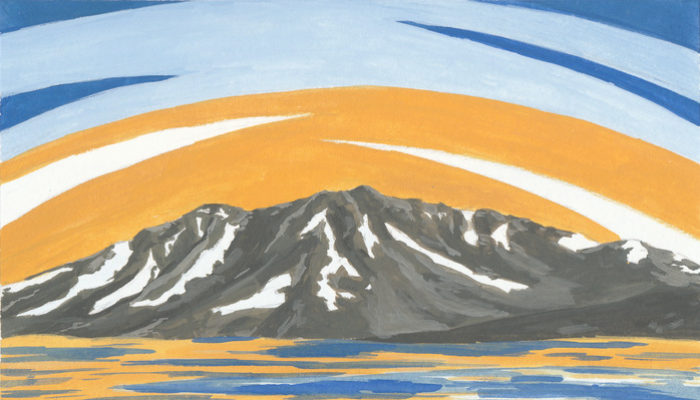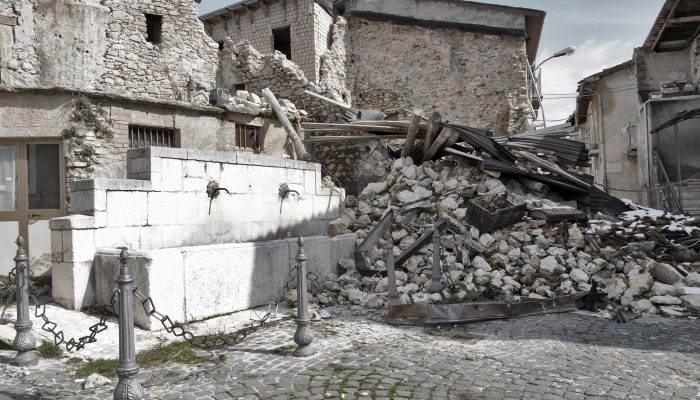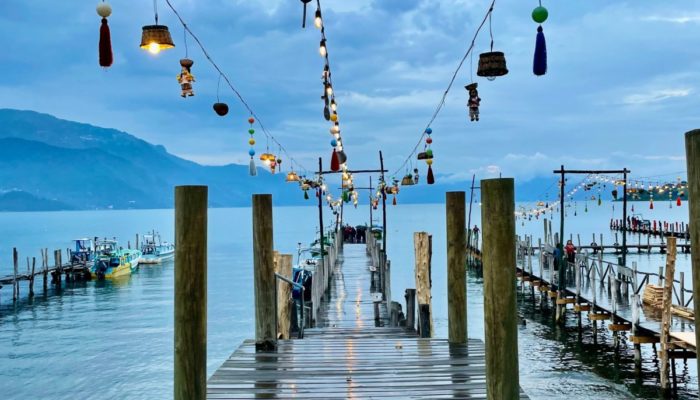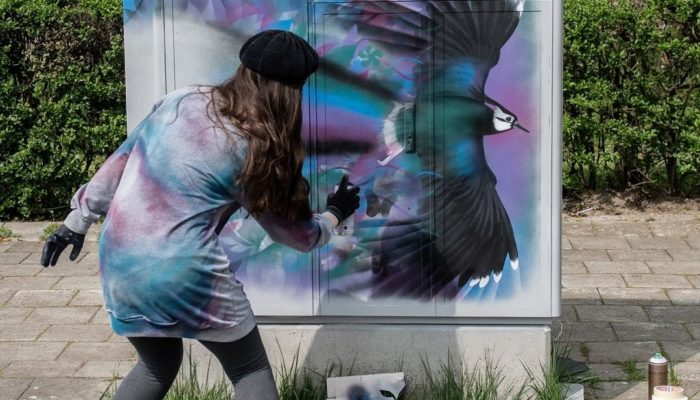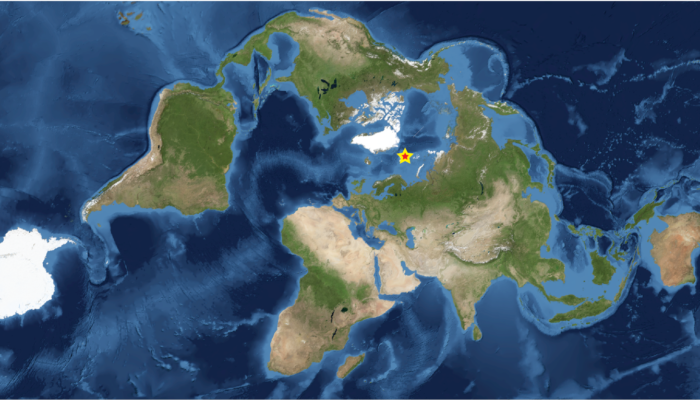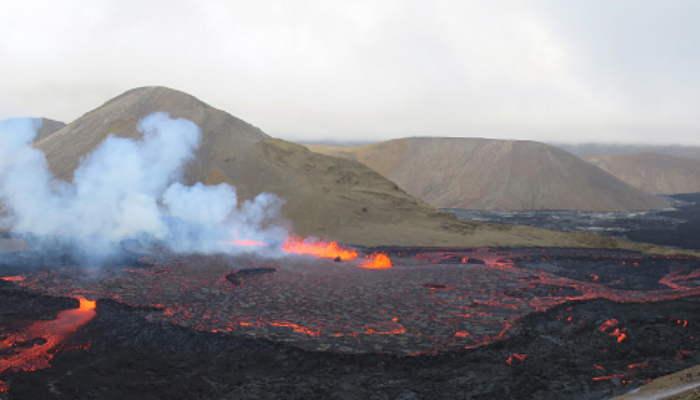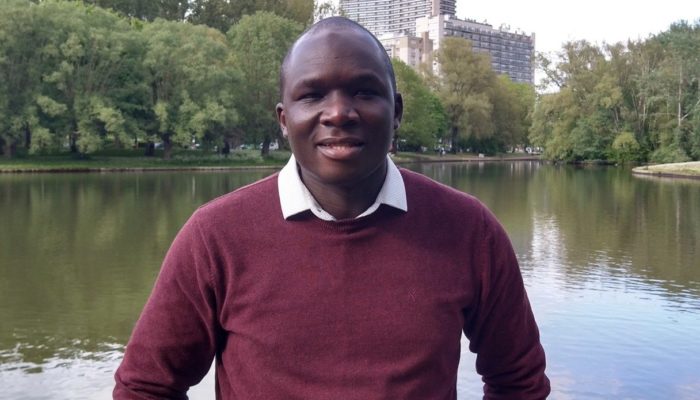Emergence of the field of molecular paleoecology Sequencing DNA of organisms that died a long time ago sounds like the synopsis of the movie Jurassic Park (1993). Let’s make it clear right now, dinosaur DNA has never been collected by humans. To date, the oldest DNA recovered is more than one million years old and comes from mammoths. In addition to the DNA recovered from fossils, aquatic and terr ...[Read More]
If you didn't find what you was looking for try searching again.
Geodynamics
Unravelling the geological past of the Sierra del Nevado, in South Andes, Argentina
Have you ever wondered to learn more about the geological setting of the Nevado volcano in Central-West Argentina? In this week’s blog, we have Georgina Rubiano Lorenzoni, a Ph.D. Geologist student from the Universidad Nacional de La Pampa in Argentina, who will guide us through her thesis aims, which are the identification and investigation of the petrogenesis and geochronology of the mountain ra ...[Read More]
Natural Hazards
Let’s begin the recovery before the disaster
Every natural event that causes damage to the built environment must be followed by recovery; however, this phase of disaster risk management has received less attention from academics than the others [1]. In all its aspects, disaster recovery has remained a contentious topic, with experts debating its definition, approaches, objectives, activities, and even when it should begin and finish [2–4]. ...[Read More]
Stratigraphy, Sedimentology and Palaeontology
International Continental Scientific Drilling Program Workshops – How they work and why they provide fascinating experiences and perspectives, especially for early career scientists
Thanks to the novelty and potential of my research focus (a paleothermometer for lacustrine environments based on the application of the carbonate clumped isotope technique on small crustacea shells (ostracods)) that provides insights into atmospheric temperatures of the past, I was selected by the committees of three International Continental Scientific Drilling Program (ICDP) workshops. The aim ...[Read More]
GeoLog
GeoPolicy: Connect with artists to make your science accessible to policymakers and the public
Communicating with the public and policymakers enables scientists to share their passion with those outside of their field and create greater impact. Often when scientists consider engaging non-experts, they imagine public lectures or blog posts, but finding more creative ways to communicate scientific information can be both rewarding and incredibly effective. This month’s GeoPolicy Blog post is ...[Read More]
Cryospheric Sciences
The Global Arctic, a personal perspective on interdisciplinary research
Around the summer solstice of 2022, a small group of twenty young researchers met in Svalbard, a small island lost between Norway and the North Pole. The Norwegian Scientific Academy for Polar Research wanted to bring us together around the theme of “The Global Arctic“. The scope of this summer school was to “produce a better understanding of the significance of the concept of Gl ...[Read More]
Geochemistry, Mineralogy, Petrology & Volcanology
Fagradalsfjall 2021 versus 2022: similarity and differences
The Icelandic eruptions of 2021 and 2022 originated in the Reykjanes peninsula, characterized by the Krýsuvík-Trölladyngja system, one of the five volcanic systems present along the peninsula. This peninsula is a leaky transform fault, characterized by episodic rifts and associated volcanism. The last two years have brought about some of the most momentous volcanic eruptions in recent history. The ...[Read More]
Geodynamics
Earth Science Beyond Academia
Although a career in academic research is a great choice for some, the majority of PhD students will pursue careers outside of universities and research institutes. This week, we learn about the experiences of PhD and Masters students who are embarking on successful careers beyond academia. Name: Deborah Wehner Degree: PhD in Earth Sciences New field: Tech Current Role: Software Developer E ...[Read More]
GeoLog
GeoTalk: meet Blaise Nyandwi, researcher in public perceptions of volcanic hazards!
Thanks for joining us today Blaise! To begin, could you talk about your background and why you pursued research on people’s perceptions of natural hazards? I have a background in geology and environmental sciences. Goma is my hometown and I work as a lecturer at the University of Goma. Living and working in a city built on lava flows and permanently threatened by several hazards from Nyiragongo vo ...[Read More]
Cryospheric Sciences
Did you know the differences between Arctic and Antarctic sea ice?
If you look at the maps in Figure 1, you will quickly see that sea ice is present in both polar regions (Arctic at the top, Antarctic at the bottom). Despite this apparent similarity, some differences exist between Arctic (in the Northern Hemisphere) and Antarctic (in the Southern Hemisphere) sea ice. We provide a brief explanation of two key differences in this post. Geography The first main diff ...[Read More]

